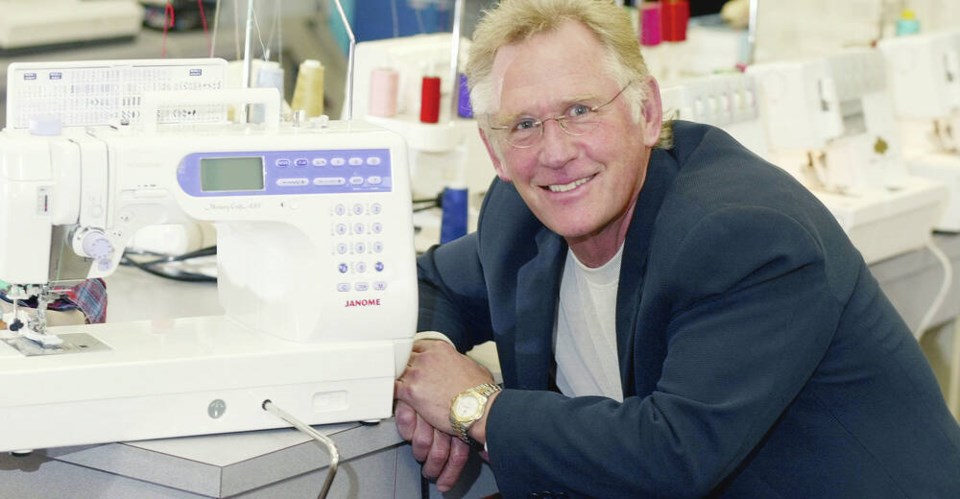Jeff Binns is a corrosion scientist with the Nuclear Waste Management Organization (NWMO). He's spent years trying to figure out whether Canada's most radioactive nuclear waste can be permanently stored underground, forever. "We couldn't be more confident that this is a safe system," said Binns.
Binns said the NWMO's plan to move over six million used nuclear fuel bundles (3.3 million currently in storage, 2.8 million more projected at end of Canada's nuclear life cycle) from their above ground temporary storage at Canadian nuclear generating sites to a permanent underground facility employs a multiple barrier system, or a "belts and suspenders approach," as he calls it.
First, 48 radioactive fuel bundles at a time will be moved from their current above ground containers into copper-lined, carbon steel containers or tubes for strength and corrosion protection. Then, the containers will be sealed in bentonite clay boxes, which will then be backfilled with granular bentonite clay once inside the rock caverns drilled 550-650 metres underground. Binns said the granular bentonite will swell when wet, ultimately making it harder for water to reach the containers.
"If water can't access the container, the container can't corrode because water is required for that. If the container can't corrode, you can't get access of the environment to the used fuel itself, which means the use fuel can't actually leave the DGR," said Binns. Conceptual drawing of the proposed layout for Canada's fi.


















